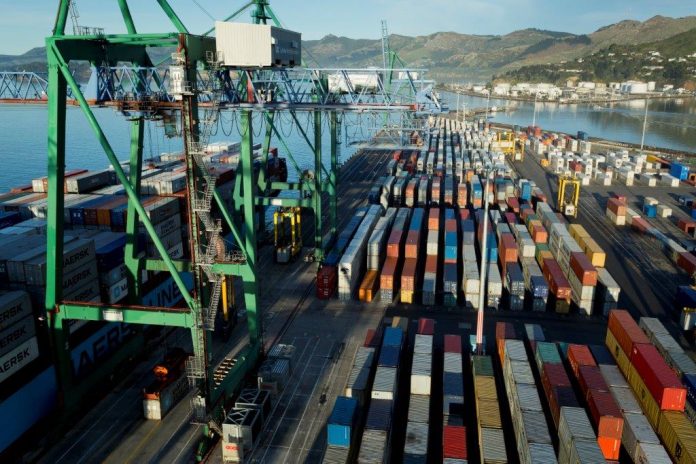Average container freight rates for Chinese exports have dropped 28% since the start of the year, posting the worst first quarter development of the past twenty years,” says Niels Rasmussen, Chief Shipping Analyst at BIMCO.
Based on input from twenty-three liner operators, the China Containerized Freight Index (CCFI) reflects the general export freight rate level from ten major ports.
The 28% fall reduced the CCFI from 1,548 at the beginning of the year to 1,112 at the end of the first quarter, not least due to a record high fall in spot freight rates. The Shanghai Export Containerized Freight Index (SCFI), which measures spot rates for Shanghai exports, has fallen 46% since the beginning of the year, the largest first-quarter fall since the SCFI began in late 2009.
“Since 2006, the CCFI has on average only fallen 2% during the first quarter and has only declined more than 10% four times. The second worst year was 2023 when average rates fell 24% between the start and end of the first quarter,” says Rasmussen.
The rates have fallen despite what looked like a promising start to the year, with export market volumes from East and Southeast Asia growing 20% YoY in January. At the same time, rerouting ships around the Cape of Good Hope continues to absorb 10-12% of the fleet’s capacity.
Of the main east-west trades, the trades to Europe and the Mediterranean have suffered the biggest drop in average rates since the beginning of the year of 33% and 32%, respectively.
Meanwhile, the north-south trades have seen the largest rate reductions with rates to South Africa, Australia/New Zealand, South America and West Africa falling 40%, 38%, 35% and 26%, respectively. Average rates in the trade between China and Japan are the only ones not to have fallen.
Despite the adverse development, average rates ended the first quarter only 8% lower than a year ago while remaining 39% higher than in 2019.
However, the Trump administration’s focus on raising US import tariffs has increased trade uncertainty to levels not seen in recent years. The tariff increases not only hurt trade into the US directly but also global trade indirectly as US trading partners retaliate and global economic growth could decrease.
“As the container ship fleet’s capacity is expected to grow 5.4% during 2025, freight rates can be expected to remain lower than in 2024. Should volume growth falter and ships return to normal routings in the Red Sea area, 2019 levels may soon be within sight,” says Rasmussen.
The article was provided by BIMCO.







